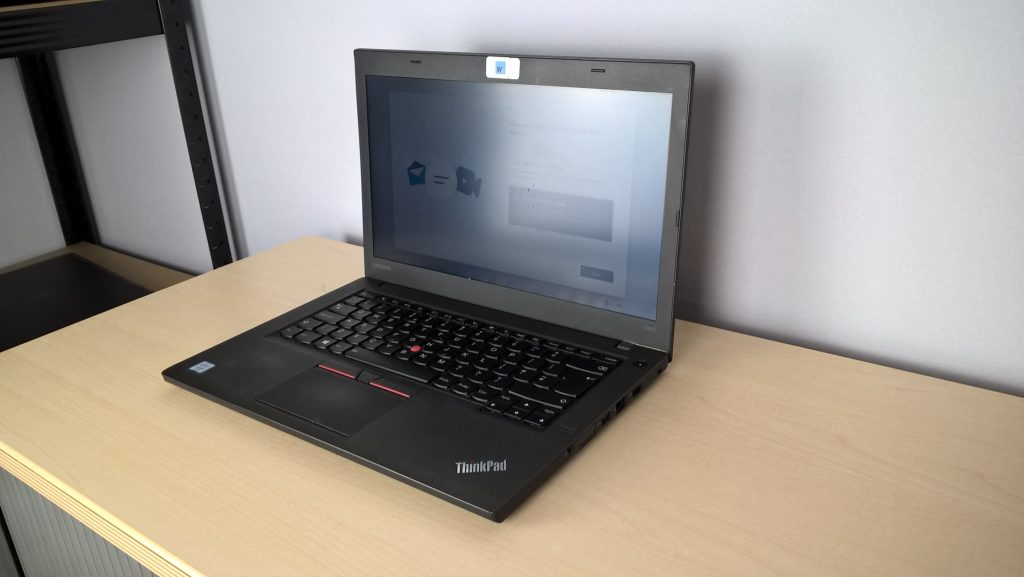The Dangers of Neglecting Your Server’s Lifespan
Today, I found myself in a challenging situation: a client’s server unexpectedly failed, containing critical business data that we had been warning them about for the last three years. This regrettable incident serves as a crucial reminder for all businesses about the importance of maintaining and updating their server infrastructure.
The dual hard drives had likely been struggling for years and finally succumbed to their fate. In fact, the server’s indicator lights were so dim that I initially thought they might be burnt out. The same could be said for the hard drive error notification.
Despite our best efforts to reconstruct the RAID 10 array, the data on the remaining drive was unfortunately too compromised to retrieve effectively. The last backup was performed just two days prior, and while we are currently working to extract the most vital files, there’s a strong possibility that the backup itself is corrupted.
Compounding the issue, the server was running on Windows Server 2008, a platform that has long been in need of an upgrade. This means we will need to establish a new Active Directory and migrate all connected systems to the new setup, which poses significant labor costs for the client.
In hindsight, one must question whether it was truly worth it for this customer to rely on a server that had exceeded its expected lifespan by three times. The unfortunate truth is that they may now face weeks of lost productivity while we prepare a new server for deployment.
The moral of this story is clear: investing in your company’s primary server is not an area to skimp on. It is essential to maintain a modern, reliable system to ensure the longevity of your operations and the protection of your valuable data.
As a side note, I couldn’t help but notice the server’s state—it was the dirtiest I have encountered. It made me wonder if someone had been smoking in the server room! Such neglect could certainly contribute to hardware failure, reinforcing the importance of regular maintenance.
In closing, don’t underestimate the value of your server. Proactive care can save you from disaster and significant costs down the road.
Share this content:




I’m sorry to hear about the critical data loss and server failure you experienced. In situations like this, preventing similar incidents in the future hinges on regular server maintenance and timely upgrades. Here are some steps to consider:
If you need assistance planning a migration or implementing best practices for server maintenance, our team is here to help ensure your infrastructure is resilient and secure.